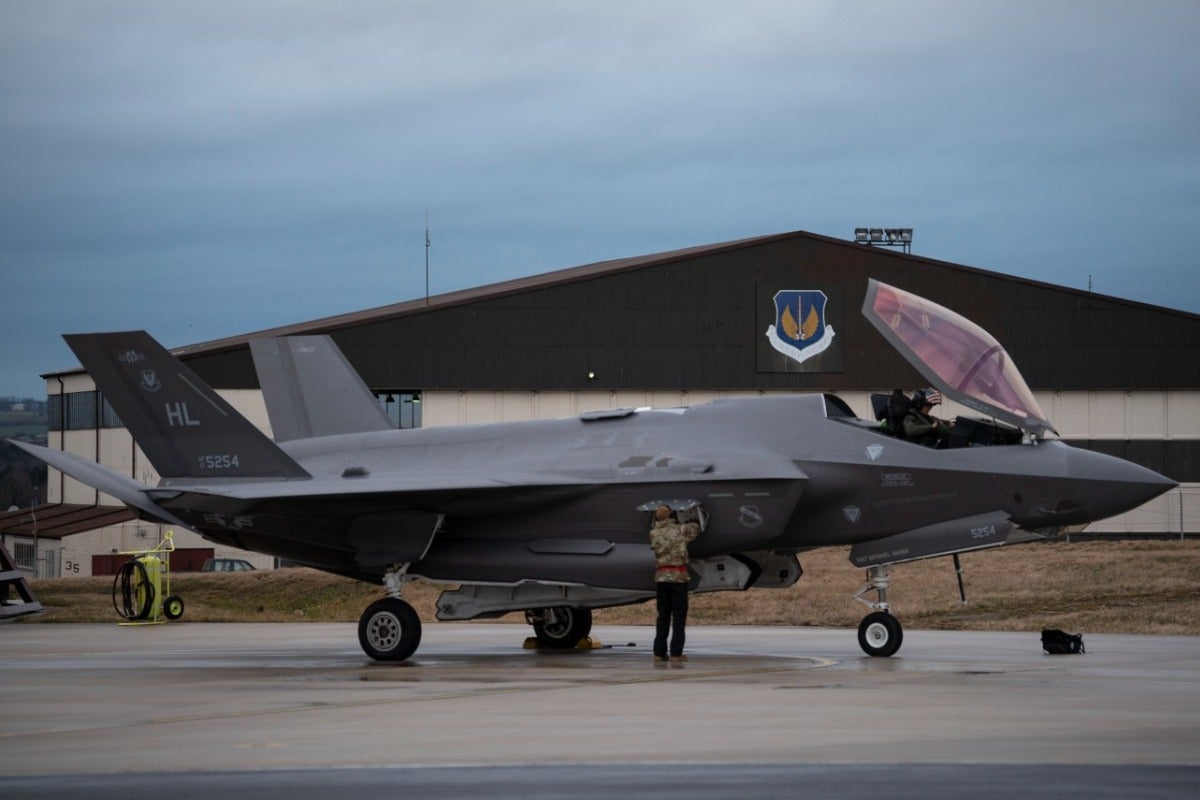
The US Air Force (USAF) has forward deployed its F-35 fighter jets to support Nato’s Air Shielding mission on the eastern flank.
The USAF’s F-35 fighter Lightning II aircraft were based at Spangdahlem, Germany.
The fighter jets flew from Spangdahlem to join the fighter jets from Belgium and France at Ämari Air Base in Estonia on 6 June.
The Belgian and French fighter jets are currently deployed to support Nato’s Air Policing mission and to carry out air patrols over the Baltic Sea region.
The air policing mission aims to enhance the vigilance over Nato’s airspace to ensure that the allied territory is secure.
Such activities also contribute to the deterrence and defence of the Euro-Atlantic region.
Nato Allied Air Command (ACC) deputy commander lieutenant general Pascal Delerce said: “The F-35 is an incredibly capable and versatile aircraft.
“Operating alongside the other allied nations in the Baltics they are maintaining the integrity of the European airspace and directly contributing to the Nato Air Shielding Mission.”
“In support of the Nato Integrated Air and Missile Defence (IAMD) system, Air Shielding offers an agile solution, although currently focused on Nato’s eastern flank it retains the flexibility to orientate towards any emerging threat.”
According to Nato ACC, the air shielding mission combines surface-based and air-based allied air and missile defence units into Nato’s IAMD system, as part of the Nato command and control.
Together, the integrated units provide a strong shield from the Baltic Sea to the Black Sea region.
It ensures that the Nato allied nations are capable to protect alliance territory, populations and forces from various air and missile threats.



